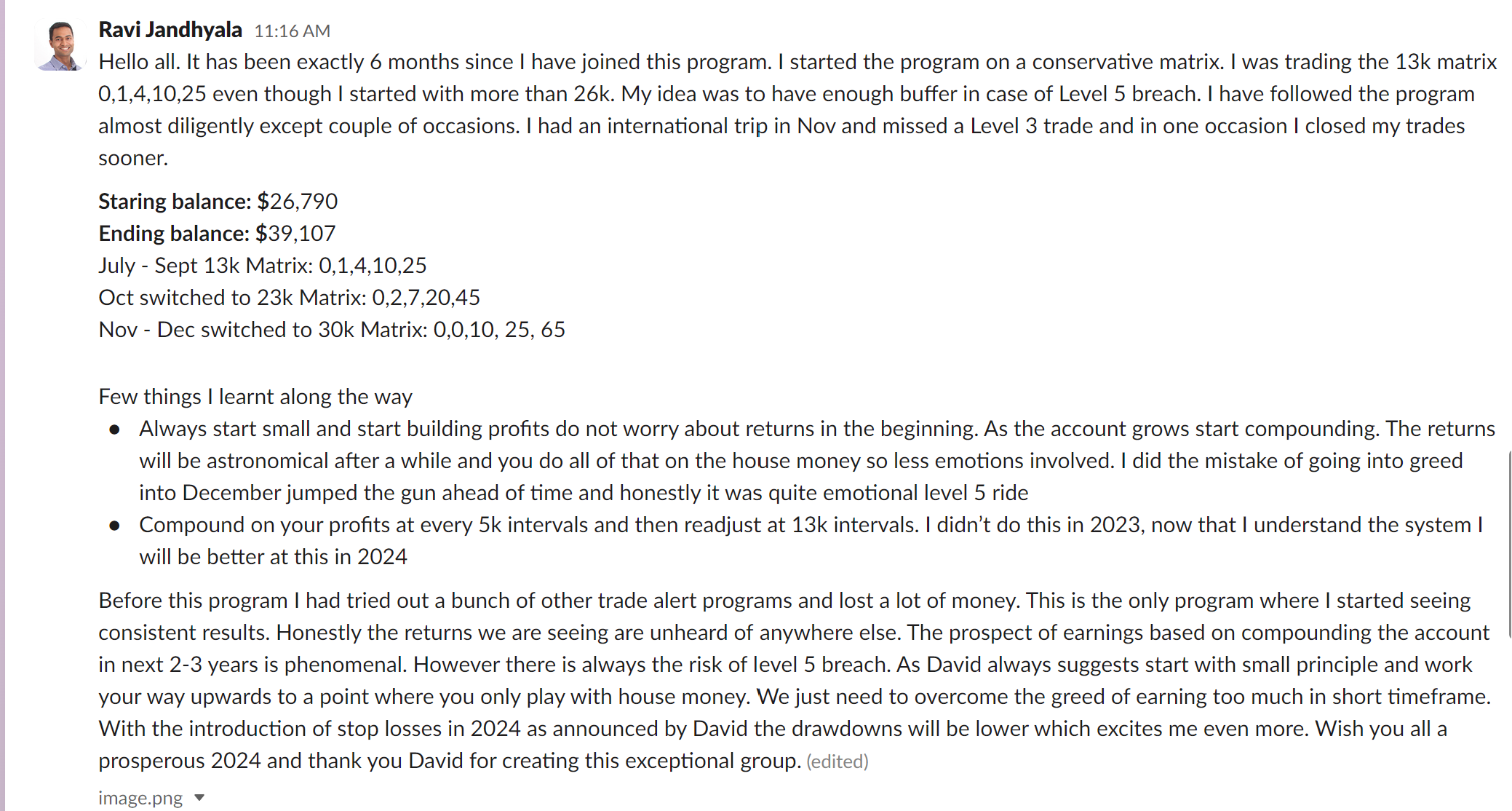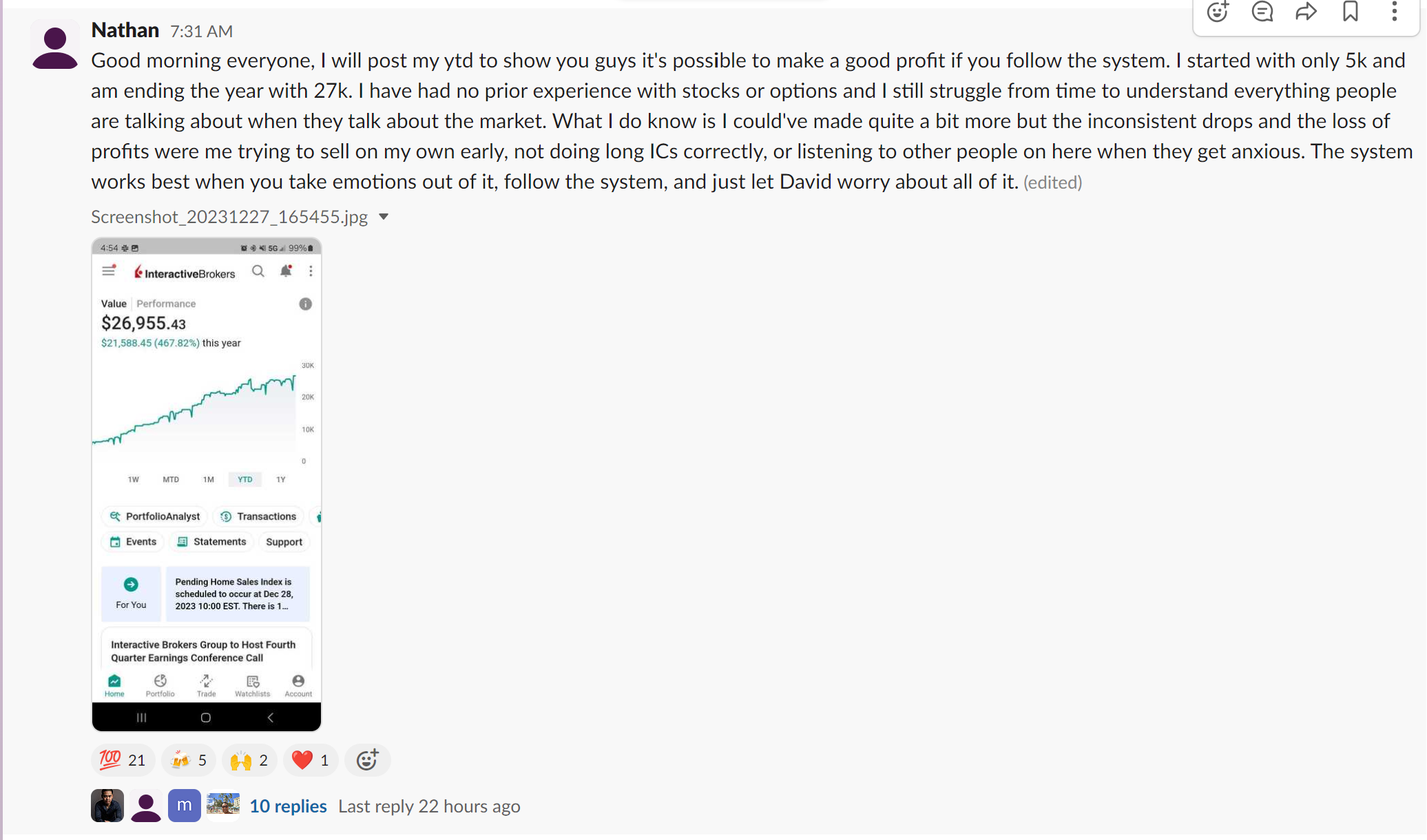Technical analysis, a widely used tool among traders and investors, is the study of historical market data, such as price and volume, to identify potential trading opportunities. In the realm of options trading, technical analysis plays a vital role in successful decision-making and risk management. Developing and refining your technical analysis skills can significantly enhance your trading performance, equipping you with the necessary insights to navigate the complex world of options trading with confidence.
In this comprehensive guide, we will delve into the fundamentals of technical analysis within options trading, and explore its various aspects, including charting techniques, indicators, and practical applications. Furthermore, we will showcase how our groundbreaking SPX Income Program can provide invaluable support, resources, and tools for mastering the art of technical analysis in your options trading endeavors.
Join us as we embark on a captivating journey into the depths of technical analysis in options trading. Learn how to harness the power of technical analysis to elevate your trading strategies, optimize risk management, and transform your options trading performance. Allow our innovative SPX Income Program to guide and support you throughout this transformative journey, unlocking the full potential of technical analysis in your options trading pursuits.
1. Principles of Technical Analysis: Charting Your Path to Success
Technical analysis is grounded in three fundamental principles:
– Market Action Discounts Everything: This principle posits that all information relevant to market movements, including economic factors, political developments, and investor sentiment, is already reflected in the current price.
– Prices Move in Trends: Technical analysis operates on the assumption that prices tend to move in trends, either upward, downward, or sideways, allowing traders to capitalize on these trends by identifying patterns and predicting future price movements.
– History Tends to Repeat Itself: Past price movements and trading patterns, driven by human emotions like fear and greed, can serve as valuable indicators for future movements and provide a basis for technical analysis in predicting trends.
2. Charting Techniques and Indicators: Harnessing the Power of Data Visualization
Visualizing market data through various charting techniques and indicators can provide traders with valuable insights to guide their options trading decisions. Some popular charting techniques and indicators include:
– Candlestick Charts: An essential tool for technical analysis, candlestick charts display price movements over a specified period, with each candle representing the opening, closing, high, and low prices during that interval.
– Trendlines: By connecting a series of higher lows in an upward market, or lower highs in a downward market, trendlines illustrate the direction and strength of price trends, offering guidance on potential support or resistance levels.
– Moving Averages: Moving averages, calculated from historical price data, serve as dynamic support and resistance levels, smoothing out price fluctuations and providing a clearer picture of the underlying trend or potential trend reversals.
– Momentum Indicators: These indicators, such as the Relative Strength Index (RSI) or the Moving Average Convergence Divergence (MACD), measure the rate of price changes, providing insights into overbought or oversold market conditions and potential entry or exit points.
3. Practical Applications: Putting Technical Analysis to Work in Options Trading
Technical analysis can be effectively applied in options trading in several key ways:
– Entry and Exit Points: Identifying trends, support and resistance levels, and overbought or oversold conditions can help traders pinpoint optimal entry and exit points for their options positions.
– Options Strategies Selection: By examining market trends and volatility levels, traders can select the most suitable options strategies, such as Iron Condors, Straddles, or Vertical Spreads, to capitalize on the underlying asset’s current conditions.
– Risk Management: Technical analysis can aid in the evaluation of potential risks and rewards associated with specific options positions, guiding traders in their risk management decisions and helping them achieve a balanced trading portfolio.
4. Embracing the SPX Income Program: Unlocking Technical Analysis Potential
The SPX Income Program offers an exclusive suite of tools and resources to support traders as they master technical analysis and apply it to their options trading strategies. Among the many benefits of the SPX Income Program, participants can expect:
– Expert Insights: Access the expertise and knowledge of our professional trading team, gaining invaluable guidance on technical analysis methodologies and best practices.
– Tailored Trading Plans: Utilize customized, data-driven trading strategies created by our experts, designed to align with your specific goals, risk tolerance, and market outlook.
– Real-Time Market Analysis: Stay informed about current market trends, movements, and developments, supplemented by in-depth technical analysis insights, to inform your trading decisions and optimize your options portfolio performance.
Transforming Your Options Trading with Technical Analysis
Technical analysis, with its powerful visualization and market prediction capabilities, can be a game-changer for options traders looking to optimize their strategies, manage risks, and achieve long-term trading success. By honing your technical analysis skills and effectively applying them to your options trading endeavors, you can unlock a wealth of opportunities and take your performance to new heights.
InsideOptions’ exceptional SPX Income Program is here to support and guide you along this transformative journey, delivering expert insights, tailored trading plans, and real-time market analysis to help you fully harness the potential of technical analysis in your options trading pursuits. Embrace the power of technical analysis and experience the transformative impact of our options trade strategies today.









